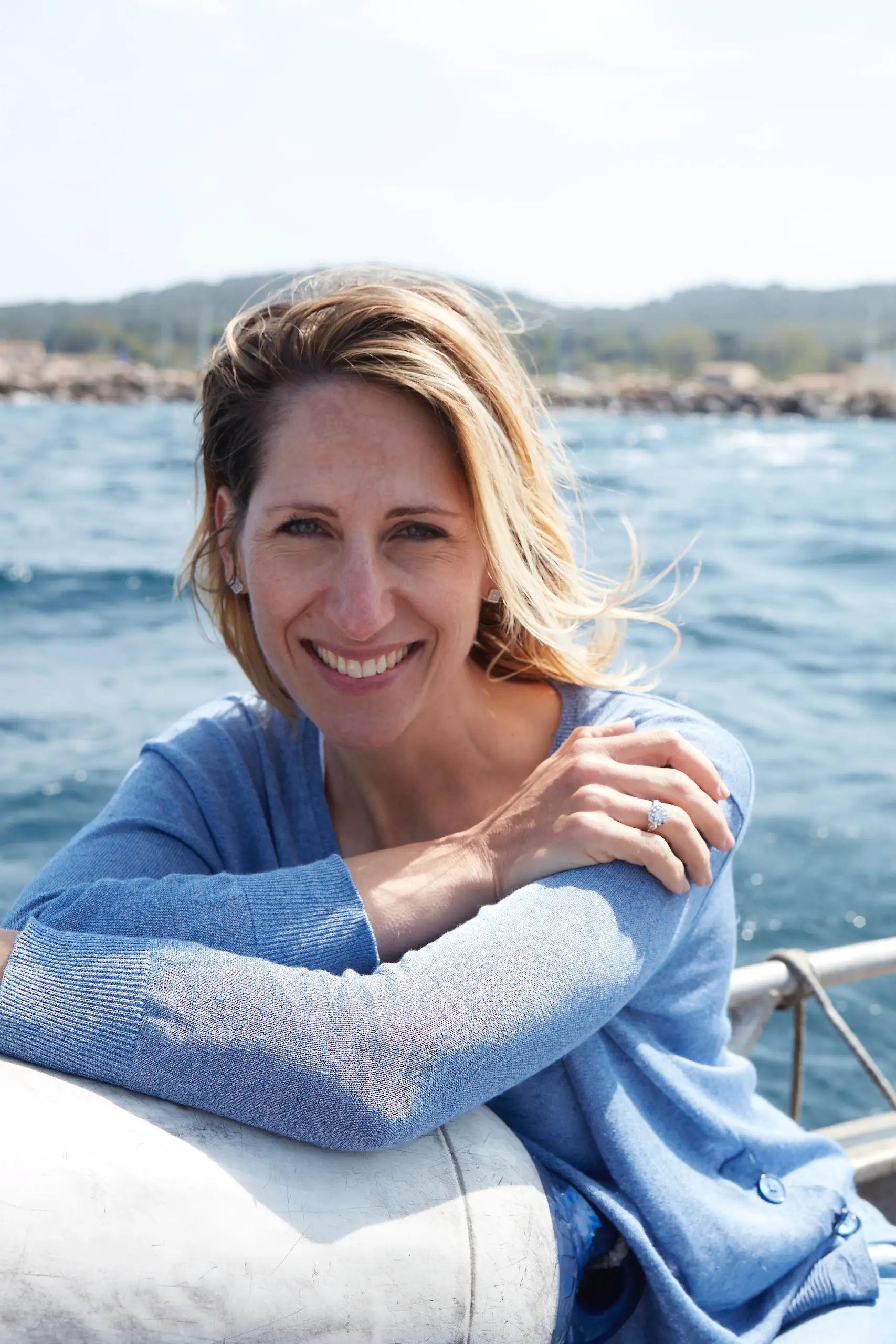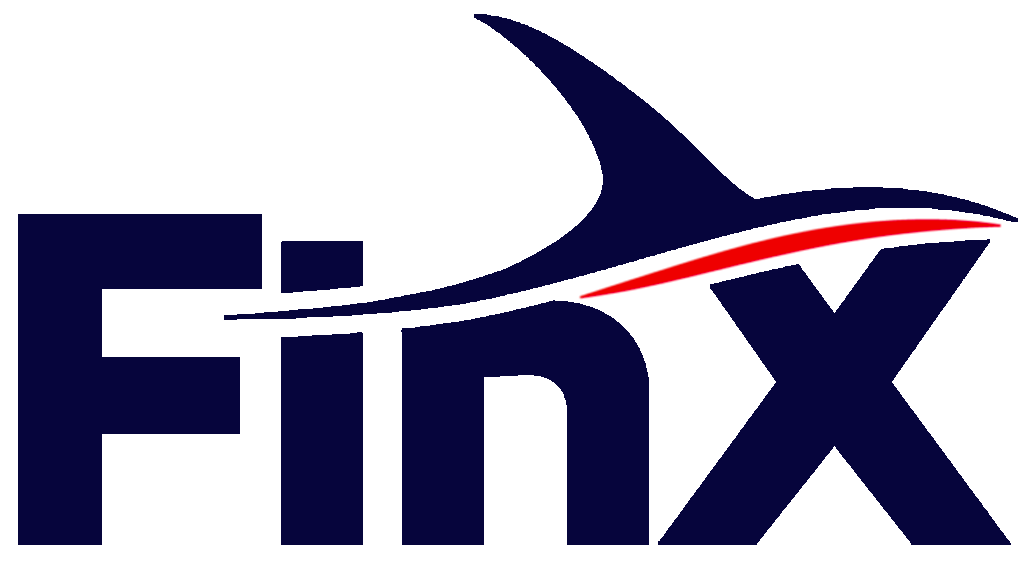Your basket is currently empty!

A legendary sailor, Maud Fontenoy is the first woman to cross the Atlantic and Pacific Oceans by paddling, aboard her canoe 7.5 meters long and 1.6 meters wide.
In 2013, she crossed the North Atlantic, west-east, solo and unassisted. 117 days at sea, 3,700 km traveled. She was then 25 years old.
2 years later, she made the same bet and crossed the South Pacific, from east to west, from Peru. After 72 days at sea and 6780 km, it reaches the Marquesas. Time Magazine named her “Personality of the Year” that year.




